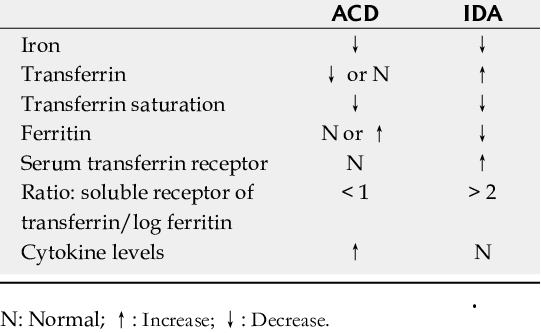Transferrin (Trf)

Transferrin (Trf): Overview and Function
Definition
Transferrin (Trf) is a glycoprotein that plays a crucial role in iron transport within the bloodstream. It is primarily produced in the liver and is responsible for binding and transporting iron (Fe³⁺) to various tissues throughout the body, facilitating essential biological processes such as hemoglobin production and cellular respiration.
Structure of Transferrin
- Molecular Weight: Transferrin has a molecular weight of approximately 76-80 kDa.
- Binding Sites: Each transferrin molecule contains two high-affinity binding sites for ferric iron (Fe³⁺). The binding affinity of transferrin for Fe³⁺ is extremely high, allowing it to effectively transport iron even at low concentrations in the blood [3][6].
Function of Transferrin
Iron Transport:
- Transferrin binds to Fe³⁺ ions that have been oxidized from Fe²⁺. This process occurs after iron is absorbed in the intestines and transported through ferroportin, where it is oxidized by proteins such as hephaestin and ceruloplasmin [1][2].
- Once bound to iron, transferrin circulates in the bloodstream and delivers iron to tissues that require it, including the bone marrow for red blood cell production.
Cellular Uptake:
- Transferrin interacts with transferrin receptors (TFR) on cell surfaces. Upon binding, the transferrin-receptor complex is internalized through receptor-mediated endocytosis.
- Inside the cell, the acidic environment of the endosome causes transferrin to release its iron, which can then be utilized for various cellular functions [3][5].
Regulation of Iron Homeostasis:
- Transferrin levels in the blood can indicate an individual’s iron status. Low transferrin levels may suggest iron deficiency, while high levels can indicate iron overload conditions such as hemochromatosis.
- Transferrin also plays a role in regulating hepcidin, a hormone that controls systemic iron homeostasis [4][6].
Clinical Significance
- Iron Deficiency Anemia: Low transferrin levels are often associated with inadequate iron stores, leading to anemia characterized by fatigue and weakness.
- Iron Overload Disorders: Elevated transferrin levels may occur in conditions where there is excessive iron absorption or storage, necessitating careful monitoring and management.
Conclusion
Transferrin is essential for maintaining iron balance in the body by facilitating the transport of iron to cells where it is needed for critical physiological functions. Monitoring transferrin levels can provide valuable insights into an individual’s iron status and overall health.
How DrStemCellsThailand’s Anti-Aging and Regenerative Medicine Center Can Help
At DrStemCellsThailand‘s Anti-Aging and Regenerative Medicine Center of Thailand, we understand the importance of proper iron metabolism and the role of transferrin in maintaining health. Our team specializes in advanced diagnostic evaluations to assess transferrin levels and related disorders. We offer personalized treatment plans aimed at addressing conditions such as iron deficiency anemia or overload through innovative regenerative therapies. If you are experiencing symptoms related to abnormal iron levels or have concerns about your transferrin status, consult with our specialists today to explore how our cutting-edge therapies can enhance your overall health and well-being.
Consult with Our Team of Experts Now!
References
- “Iron Transport Storage.” Lumen Learning. DOI: 10.1016/j.jdiacomp.2020.107646
- “Transferrin.” Wikipedia. DOI: 10.1016/j.jdiacomp.2020.107646
- “Regulation of Iron Transport and the Role of Transferrin.” PubMed. DOI: 10.1016/j.jdiacomp.2020.107646
- “Function and Regulation of Transferrin and Ferritin.” PubMed. DOI: 10.1016/j.jdiacomp.2020.107646
- “Transferrin: Physiology and Function in Iron Transport.” PubMed. DOI: 10.1016/j.jdiacomp.2020.107646
- “Optiferrin – Recombinant Transferrin an Iron Transport Protein.” InVitria.com. DOI: 10.1016/j.jdiacomp.2020.107646















